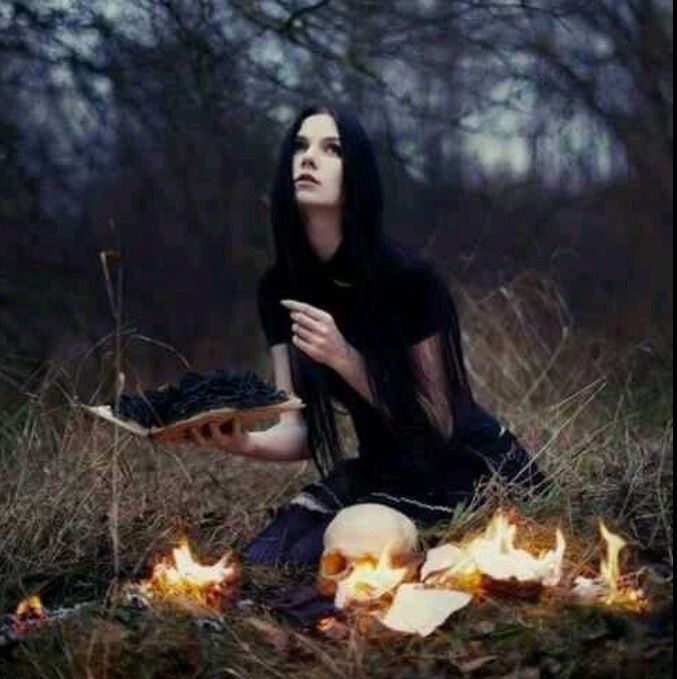17 Miniature Coffins, WITCHCRAFT
- aphoenaandherwitch
- Sep 28, 2021
- 3 min read
17 Miniature Coffins
Was it witchcraft or to settle spirit or just in memory... who knows, that’s the weird and wonderful world we live in 🖤

17 miniature coffins were discovered in a small cave on the mystical Arthur’s Seat outside of Edinburgh, Scotland in 1836. Today, only eight remain and are now on display at the National Museum of Scotland. Despite the passage of 181 years, researchers are no closer to ascertaining the creator or the purpose of the coffins, each of which contains a tiny, carefully dressed human figure.
Some say that it is witchcraft. Others claim it is a symbolic burial of men lost at sea. One of the most intriguing theories is that the coffins were made in a kindly attempt to quiet the wandering souls of 17 people who were murdered for the dissection table by the notorious serial killers Burke and Hare.
In June of 1836, a group of local school children was roaming the hills of Arthur’s Seat in search of rabbits. In a secluded area on the northeast side, they found a small cave hidden behind three slabs of slate. Inside were 17 little coffins, each nailed shut, arranged neatly in two rows of eight, with the 17th resting on top as if to start a third row.
According to The Scotsman , the first paper to write about the story, “a number of the coffins were destroyed by the boys pelting them at each other as unmeaning and contemptible trifles” . As described by The Scotsman , each of the coffins “contained a miniature figure of the human form cut out in wood, the faces in particular being pretty well executed. They were dressed from head to foot in cotton clothes, and decently laid out with a mimic representation of all the funeral trappings which usually form the last habiliments of the dead.
The coffins are about three or four inches in length, regularly shaped, and cut out from a single piece of wood, with the exception of the lids, which are nailed down with wire sprigs or common brass pins. The lid and sides of each are profusely studded with ornaments, formed with small pieces of tin, and inserted in the wood with great care and regularity.
Since that description was written in the 19th century, further research has determined that the figures were most likely made by the same craftsman and the coffins were made by two different people. In addition, “the materials and tools used – wood, iron embellishments, nails, a sharp, hooked knife – indicate the coffins could have been fashioned by a shoemaker. Moreover, “the figures seem to form a set, and their upright bearing, flat feet, and swinging arms suggest they may have been toy soldiers. Their eyes are open, making it unlikely they were originally designed as corpses”
Finally, a closer examination of the cotton used in the figures’ dressing dates their creation to the early 1830s. This means that they could not have been buried for long before being discovered by the school children. Yet such close scrutiny has not brought people any closer to understanding the effigies purpose.
In the 1820s and 30s, Edinburgh was a cultural center renowned for its medical prowess. The city’s medical schools turned out some of the best doctors and each year more and more students enrolled. This influx created a problem. In the 19th century, the key to the healing arts was to understand human anatomy.
And the only way this was possible was through dissection. Yet, as Edinburgh progressed, there were fewer criminals being sent to death at the gallows (the typical source of cadavers). Thus, the infamous practices of body snatching and grave robbing came into vogue.
While highly profitable, the crime scandalized the Scottish public. It was conventional wisdom at the time that in order for one to rise again to life on the day of the Last Judgment, a person must have his or her body intact. This prevailing sentiment led to a number of innovations to prevent robbers from making off with corpses, such as iron clad coffins and all night vigils. This is important to bear in mind because it may also have contributed to why somebody would make the tiny surrogate bodies.
In Burke and Hares time of body snatching they had been caught and prosecuted for 17 victims and some believe these tiny coffins were made in memory of them.
The 17 tiny coffins of who made them and why still remains a mystery. I find this very intriguing.
By Karen 💜💫






Comments